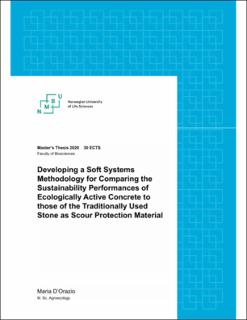| dc.description.abstract | Sustainability is one of the ‘hottest’ topics of our times: governments, scientists and public opinion have all been actively involved in the conversation for decades now, and, as a consequence, also companies are experiencing increasing direct and indirect pressures to take over their share of responsibility.
Today’s fast-paced technical development often proposes the introduction of a new technology as a possibility to target business and sustainability goals simultaneously. Assessing the actual sustainability performances of a new technology, though, is a typical ‘wicked’ type of problem (multidimensional, interconnected, subjective and mutable), and it requires a soft-systems way of thinking, which profit-driven organizations typically lack.
This work aimed at developing a methodology for supporting traditionally-structured businesses that do not have an organized sustainability line yet, to preliminarily assess sustainability of newly proposed technologies before deciding to embark in more expensive evaluation processes. Starting point of my inquiry was a four-month action research period within an offshore wind business context during which I was responsible for the evaluation of Ecologically Active Concrete (EAC) used as alternative to rocks for scour protection of wind turbine towers. In order to do that, drawing from soft system and sustainability theory methods, I developed a multicriteria assessment tool, that I then tested through four semi-structured interviews, to eventually perform the comparison between the sustainability performances of the novel and the traditional scour protection technologies. Despite higher production and installation costs and a bigger CO2 footprint, EAC appeared to have a significantly positive impact for local population. On the other hand, habitat enhancement performance results were too approximate to draw any conclusion.
From a case perspective, at the time this thesis was written project activities were on hold and it was not yet taken any decision about how to proceed. More in general though, by identifying a rather simple and straightforward methodology, this work provided a practical example of how to facilitate the dialogue around sustainability numerous complexities within ill equipped profit-driven environments. | en_US |

